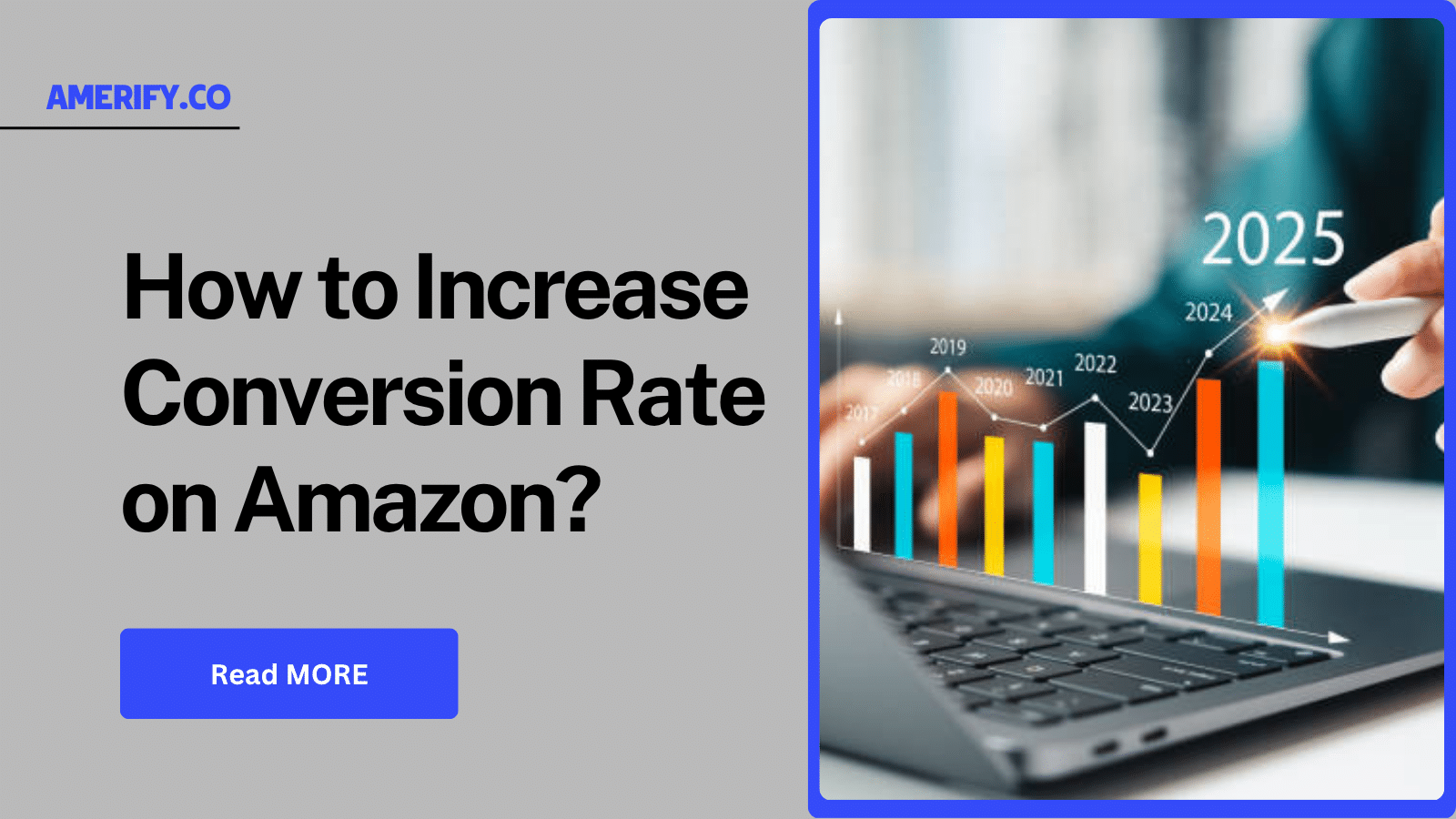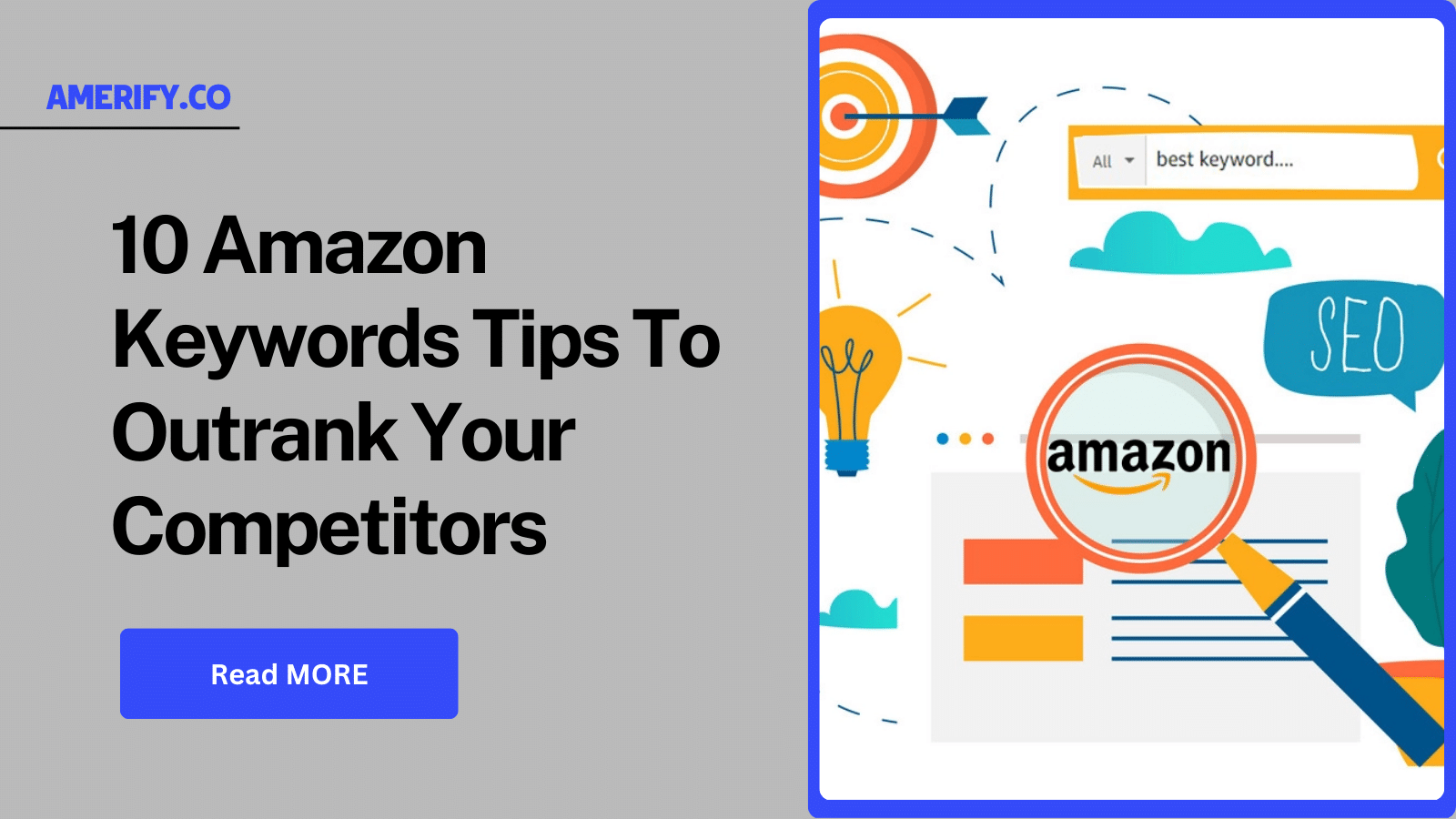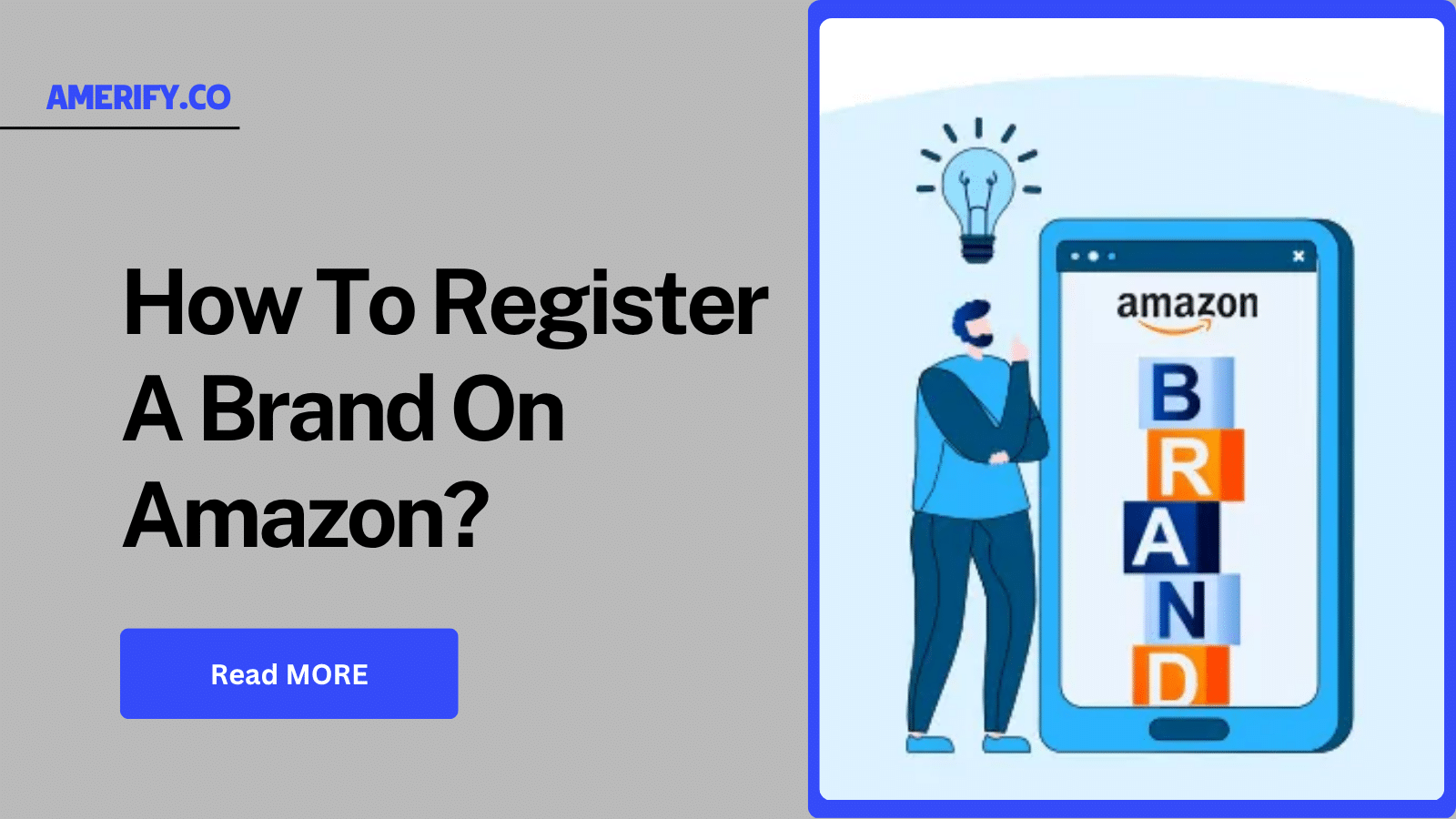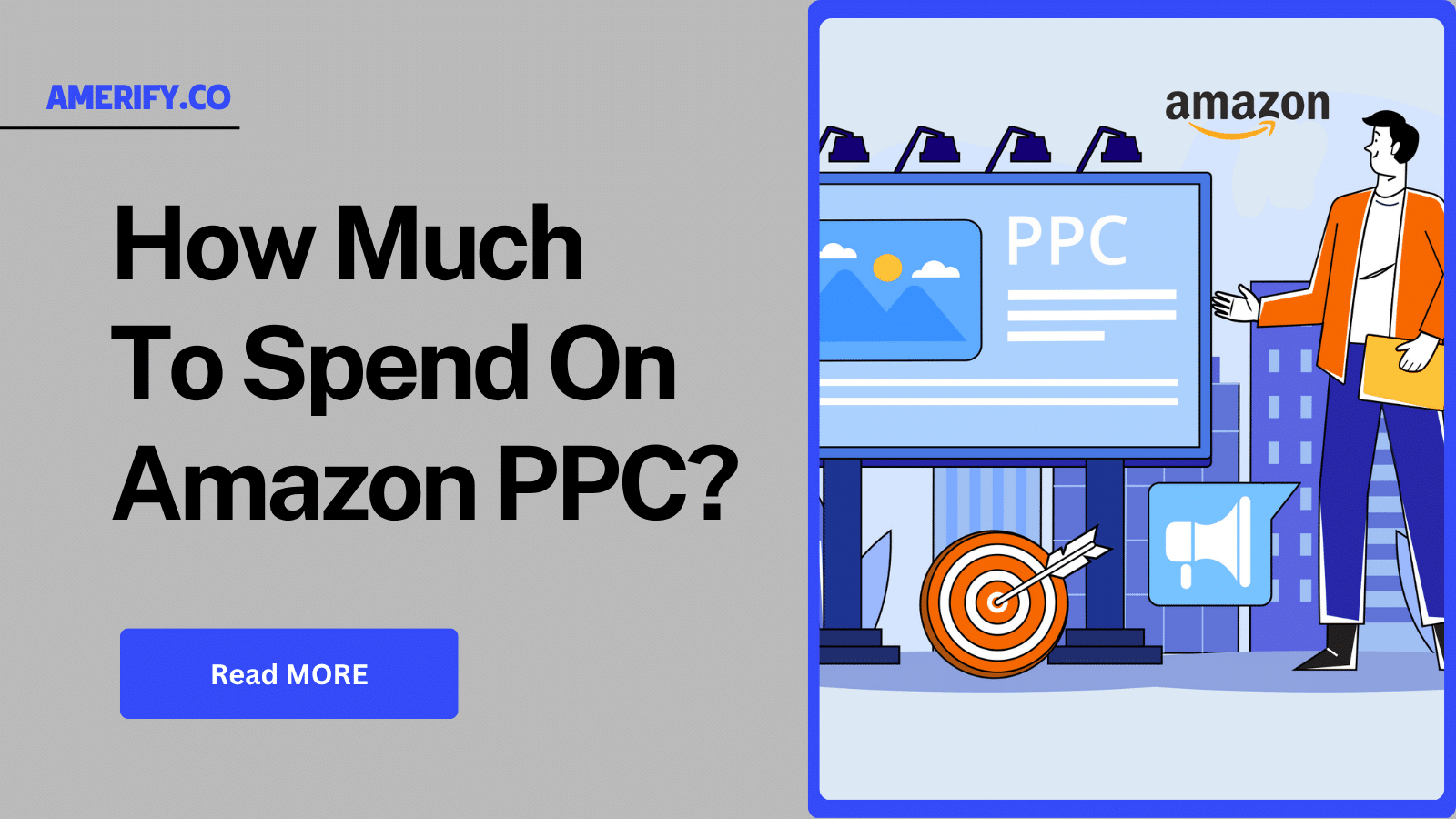Key Takeaways:
- A higher conversion rate means more sales without more ad spend — it’s the most efficient way to grow on Amazon.
- Conversion starts with trust: strong visuals, clear messaging, and customer confidence.
- Continuous testing and refinement beat one-time “fixes.”
Why Your Amazon Conversion Rate Matters?
Getting traffic is easy. Converting that traffic into sales is what separates growth from struggle.
Your conversion rate — also known as “Unit Session Percentage” — measures how many visitors buy after viewing your listing. It’s more than just a number; it’s Amazon’s signal of how relevant, trusted, and satisfying your product is.
When your listing converts better than others, Amazon’s algorithm rewards you with higher rankings and lower ad costs. In other words: a healthy conversion rate makes every click more valuable.
Process To Increase Conversion Rate on Amazon

Step 1: Understand What Drives Conversion
Before fixing your conversion rate, understand what influences it most. Every listing has three key levers:
- The Offer: Your product, price, and reviews.
- The Presentation: How you communicate value through images, copy, and content.
- The Experience: Fulfillment speed, customer trust, and support.
Master these three, and your conversion rate naturally rises.
Step 2: Make a Powerful First Impression
When shoppers land on your listing, they decide in seconds whether to stay or scroll away.
Optimize Your Visuals
Your images do the heavy lifting — they sell before your copy does.
- Use a clean, professional main image with white background (per Amazon guidelines).
- Add lifestyle photos that show your product in use — help customers see themselves owning it.
- Include infographics that highlight benefits, dimensions, and key features clearly.
- Add a product video if possible — video can instantly build trust and boost engagement.
Build Immediate Credibility
- Aim for at least 15–20 reviews before scaling traffic.
- Maintain a 4-star average or higher — low ratings are conversion killers.
- Use Q&A and user-generated photos to build authentic proof that your product delivers.
Amerify Insight:
“People don’t buy products; they buy the confidence that the product will work for them.”
Step 3: Write Copy That Converts
Your listing’s copy should do two things: build trust and guide decisions.
Title
Keep it keyword-rich but natural. Lead with your core benefit and key differentiators.
Example: YourBrand 1L Insulated Stainless Steel Water Bottle – Leakproof, Keeps Drinks Cold 24h, Fits Bike Cage (No-Sweat Exterior)
Bullet Points
Turn features into benefits. Instead of “Double Wall Construction,” say “Double Wall Insulation Keeps Drinks Cold All Day.”
Use formatting and structure for quick readability — remember, shoppers skim.
Product Description & A+ Content
Here’s where you tell the story. Use visuals, brand elements, and comparison charts to:
- Clarify how your product works
- Address objections (e.g., size, compatibility, warranty)
- Create emotional connection — lifestyle imagery works well here
If you’re brand registered, use A+ Content to show product details through visuals, not just words. It’s proven to increase conversion by up to 10%.
Step 4: Optimize Your Offer
Even a perfect listing won’t convert if your offer feels off.
Price Competitively — But Smartly
Don’t just match competitors. Make your price reflect your value.
- Use small discounts or “strike-through pricing” to show savings.
- Test coupons or limited-time deals — they add urgency and credibility.
- If your product adds extra value (e.g., bundle or better material), highlight that clearly.
Use Promotions to Build Momentum
Short-term deals or lightning offers can trigger Amazon’s algorithm to favor your listing, bringing more traffic at lower cost — but only if your conversion rate stays strong.
Step 5: Strengthen Fulfillment & Delivery
Amazon rewards listings that create a smooth buying experience.
- Use FBA or Seller-Fulfilled Prime for fast, reliable delivery
- Keep inventory levels healthy — stockouts destroy ranking and momentum
- Clearly display shipping times, returns, and customer support info
Buyers trust listings that look professional and deliver consistently.
Step 6: Test, Measure, and Improve
Conversion rate optimization isn’t a one-time project — it’s an ongoing process.
Use Amazon’s “Manage Your Experiments”
Test two versions of your title, main image, or A+ content. Let data — not guesswork — decide which converts better.
Review Your PPC Data
Your ad campaigns reveal which keywords and search terms drive the most conversions. Feed that data back into your organic listing to improve relevance.
Track Your Numbers
You can find your conversion data in Business Reports → Detail Page Sales & Traffic → Unit Session Percentage.
Set a baseline, implement changes, then re-check in 2–3 weeks.
Amerify Tip:
“Optimize one element at a time. That way, you’ll know what really moved the needle.”
Step 7: Remove Friction Points
Sometimes, conversion drops because something small feels off. Look for:
- Confusing product variations (too many colors or sizes)
- Poor-quality packaging images
- Missing lifestyle use cases
- Vague or overly technical descriptions
Fixing these “micro-frictions” often yields immediate conversion lifts.
Step 8: Leverage Social Proof & Brand Perception
Conversion doesn’t stop at your listing — it starts before a shopper even clicks.
- Build external credibility: social media presence, website, and brand consistency.
- Encourage authentic reviews (through Amazon’s Request a Review feature).
- Use inserts or QR codes (in compliance with Amazon policy) to invite customers to share photos or testimonials.
Every positive mention strengthens your perceived trust — and trust converts.
Common Conversion Killers
- Keyword stuffing or unnatural titles.
- Low-quality or mismatched images.
- Too few reviews or poor rating.
- Slow delivery or unclear shipping details.
- Price mismatch between value and expectation.
- Ignoring mobile shoppers — over half of Amazon purchases happen on mobile.
Example: From Clicks to Sales
Let’s say you sell a rechargeable camping lantern and have a conversion rate of 8%.
After updating your visuals, rewriting copy for clarity, adding a short demo video, and switching to FBA, your conversion jumps to 12%.
That’s a 50% increase in sales — without spending a dollar more on ads.
That’s the power of optimization done right.
Final Thoughts
Your Amazon conversion rate is the heartbeat of your business.
It tells you how well your listing connects with your audience — and how much trust you’ve built.
Improving it isn’t about tricks or shortcuts. It’s about showing real value, reducing uncertainty, and making every step toward “Buy Now” feel effortless.
At Amerify, we believe optimization isn’t about chasing algorithms — it’s about earning the shopper’s confidence at every touchpoint.
Because when customers trust you, conversions follow naturally.



